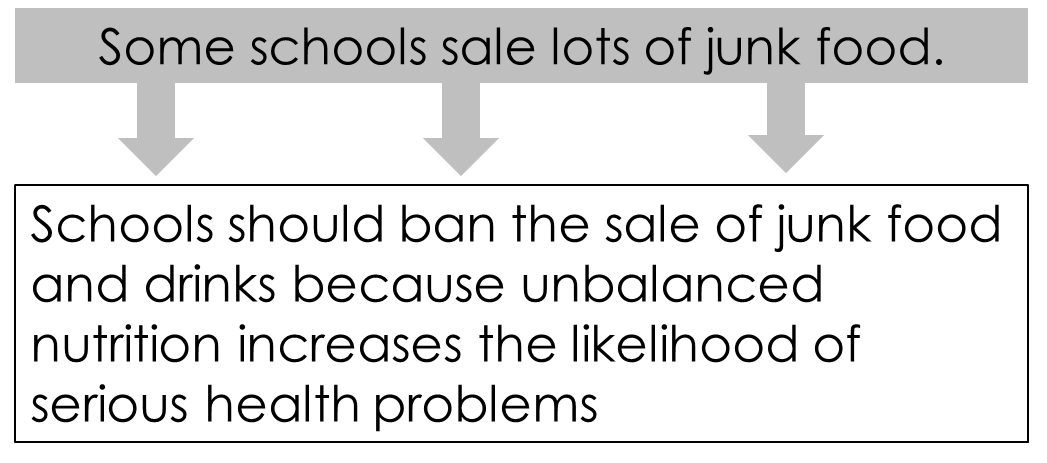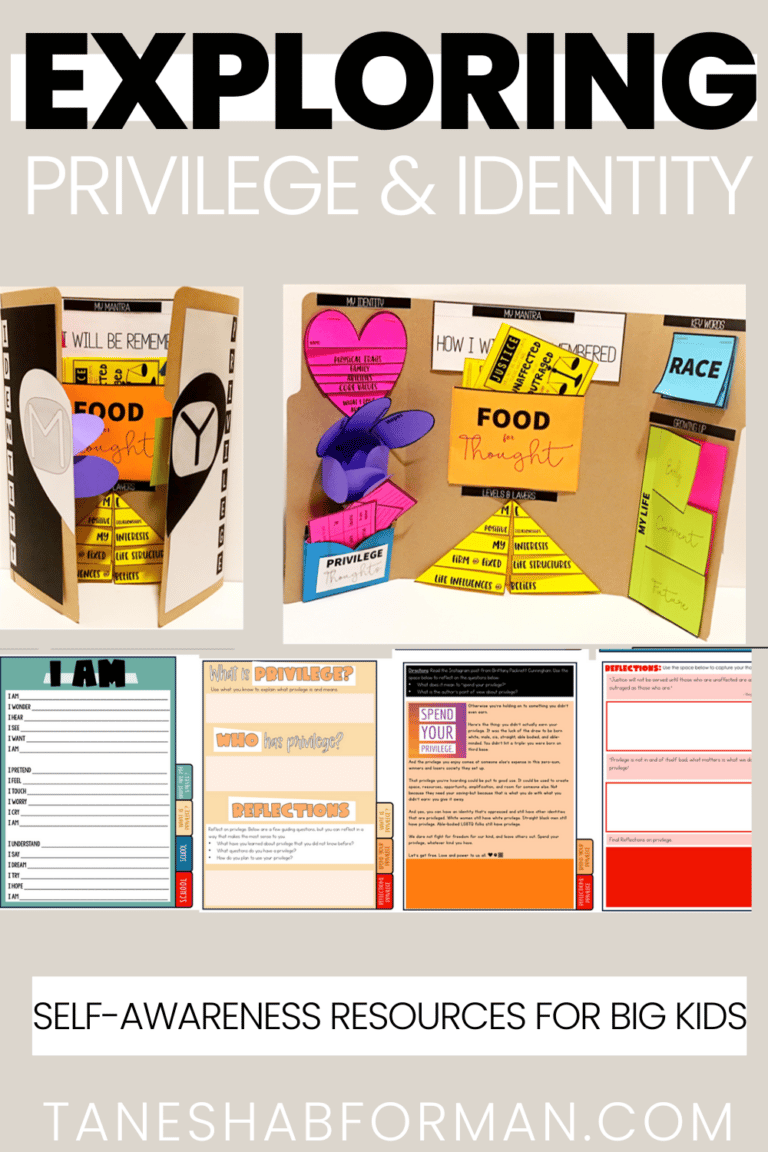

Secondary Writing: Let’s Make a Claim
One of the shifts in the Common Core Standards was the focus on argumentative versus persuasive writing pieces. My students had had years of persuasive writing, and I had to work to orient them towards the changes. The first misunderstanding I had to debunk with my students was “Oh, this is just persuasive writing.” My students immediately saw the connection to persuasive writing, but struggled to see the nuances that made it different. I was hitting a wall, so I made this poster and focused on breaking down the parts of argumentative writing. My starting point was making a claim. I sought for my students to think about how to make a specific claim that could be supported with data, evidence, and examples. I coined the phrase “My Big FAT claim” to assist students with remembering the qualities of a claim.
Focused: Does the topic make a focused argument (MTV’s popularity is waning because it no longer plays music videos) rather than a general one (MTV is not popular).
Arguable: Can reasonable people disagree with it? Is there more than one side, or a counterargument?
Telling: Can it be substantiated with details, evidence, examples, and data.?
To assist students with this process, I worked on taking statements and turning them into claims. Let’s look as the example below:
First, I listed a big topic: Schools and Junk Food
My mini-lesson focused on walking students through the process of making a F.A.T claim based on the topic. The sentence in the gray shaded box (below) is an example of the types of responses I received from students. Their responses were either facts, or still too broad (e.g. schools should only sale healthy food). I modeled turning the broad statement “Some schools sale lots of junk food” into a claim using the acronym F.A.T:
- Is the sentence focused? Yes. It’s focused on the sale of junk food at school.
- Is the statement arguable? NOPE! It’s really hard to make a case with the statement as no position was taken. Is the writer trying to tell readers that schools should/shouldn’t sell junk food? Why?
- Is the telling, or something that can be supported with evidence? Yes. We could look up and find the percentage of schools that permit the sale of junk food on campus.
Students then practiced going through this process with partner and on their own! Interested in more practice? Check out the resource below!

PIN FOR LATER!
JOIN THE COLLECTIVE
Sign up and access the FREE resources to support your Anti-Bias/Anti-Racism journey.

Tanesha B. Forman
I'm a current middle school administrator who loves breaking down complex topics and providing opportunities for educators learn, reflect, practice, and implement methods that foster equity and anti-racism. I believe we win together!
Behind the Blog


Hi, I'm Tanesha.
I’m a current middle school administrator who loves breaking down complex topics and providing opportunities for educators learn, reflect, practice, and implement methods that foster equity and anti-racism. I believe we win together!
















1 thought on “Secondary Writing: Let’s Make a Claim”
This is so nice and necessary. Teachers are very important and do a very difficult job. Inspirational speaker